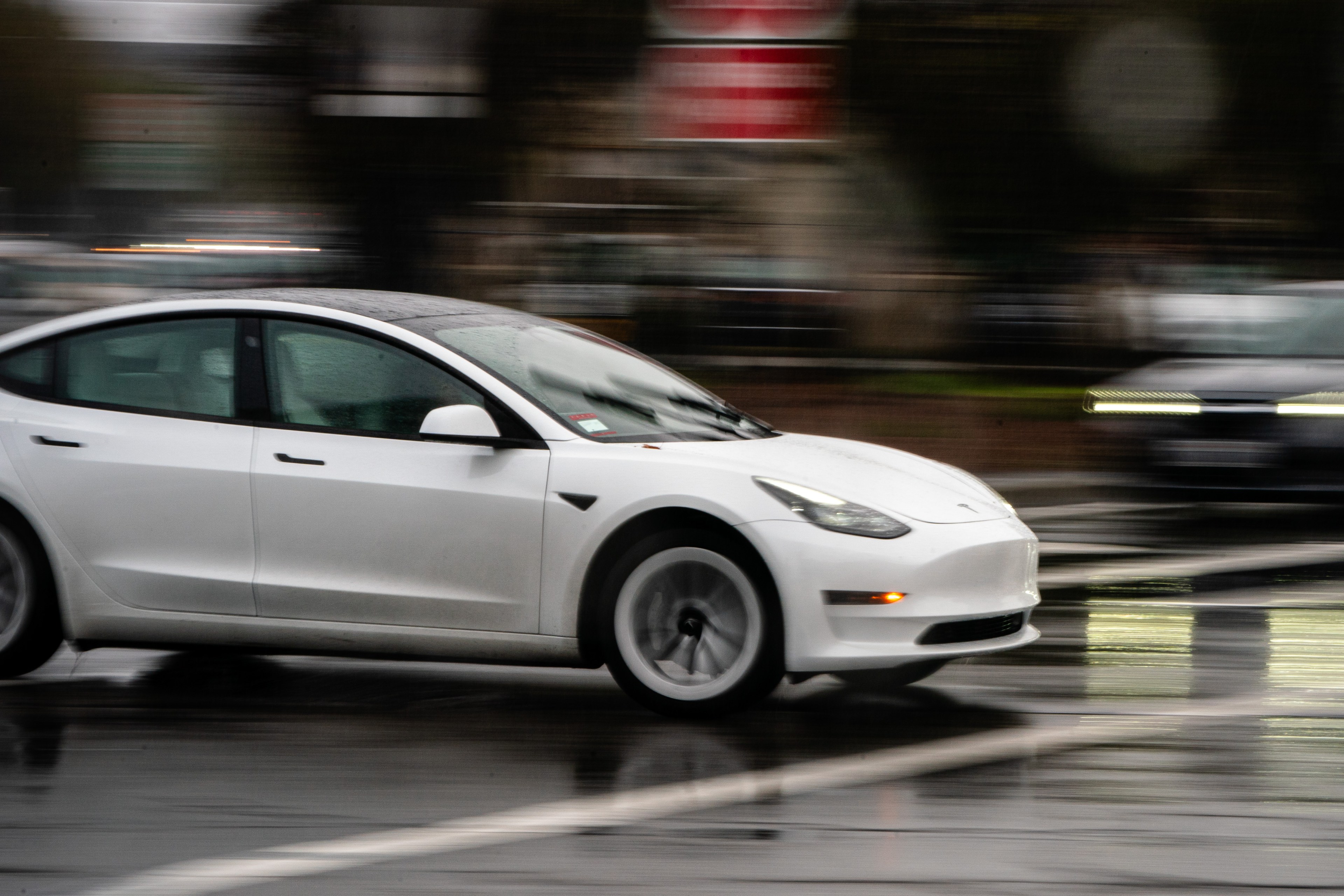Tesla is recalling nearly all of the vehicles it has sold in the U.S. because some warning lights on the instrument panel are too small.
The recall of nearly 2.2 million vehicles announced Friday by the National Highway Traffic Safety Administration is a sign of stepped-up scrutiny of the electric vehicle maker. The agency also said it has upgraded a 2023 investigation into Tesla steering problems to an engineering analysis, a step closer to a recall.
Documents posted Friday by the agency say the warning light recall will be done with an online software update. It covers the 2012 through 2023 Model S, the 2016 through 2023 Model X, the 2017 through 2023 Model 3, the 2019 through 2024 Model Y and the 2024 Cybertruck.
The agency says that the brake, park and antilock brake warning lights have a smaller font size than required by federal safety standards. That can make critical safety information hard to read, increasing the risk of a crash.
Tesla has already started releasing the software update, and owners will be notified by letter starting March 30.
The administration says it found the problem in a routine safety compliance audit on Jan. 8.
Tesla has identified three warranty claims potentially related to the problem, but has no reports of crashes or injuries.
Shares of Tesla Inc., which have been in a downward trend since July and slumped after the company’s fourth-quarter earnings report last week, fell another 2.7% in early trading Friday to levels not seen since May of last year.
In December, the National Highway Traffic Safety Administration pressured Tesla into recalling more than 2 million vehicles to update software and fix a defective system that’s supposed to ensure drivers are paying attention when using Autopilot.
Documents said the update will increase warnings and alerts to drivers.
The recall came after a two-year investigation by the administration into a series of crashes that happened while the Autopilot partially automated driving system was in use. Some were deadly.
The agency says its investigation found Autopilot’s method of making sure that drivers are paying attention can be inadequate and can lead to “foreseeable misuse of the system.”
The added controls and alerts will “further encourage the driver to adhere to their continuous driving responsibility,” the documents said.
But safety experts said that, while the recall is a good step, it still makes the driver responsible and doesn’t fix the underlying problem that Autopilot isn’t reacting to stopped vehicles. They say that Tesla’s driver monitoring system that relies on detecting hands on the steering wheel doesn’t stop drivers from checking out.
Tesla says on its website that its Autopilot and “Full Self-Driving” systems cannot drive the vehicles, and that human drivers must be ready to intervene at all times.
In February of last year, the National Highway Traffic Safety Administration also pressed Tesla to recall nearly 363,000 vehicles with its “Full Self-Driving” system because it can misbehave around intersections and doesn’t always follow speed limits.
The recall was part of a larger investigation into Tesla’s automated driving systems.
It raised questions about CEO Elon Musk’s claims that he can prove to regulators that cars equipped with “Full Self Driving” are safer than humans, and that humans almost never have to touch the controls.
Musk at one point had promised that a fleet of autonomous robotaxis would be in use in 2020. The latest action appears to push that development further into the future.
A message was left Friday seeking comment from Tesla.
